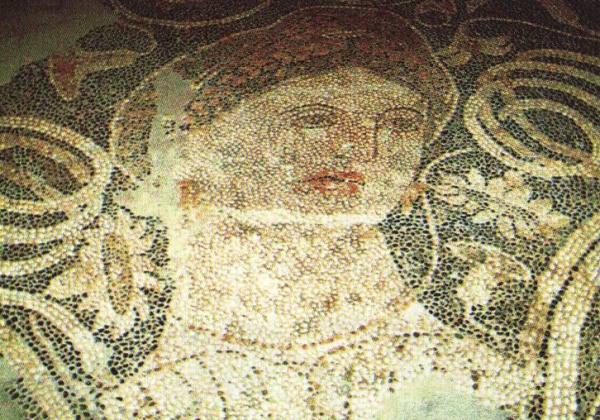Facts About The Beauty of Durrës
The Beauty of Durrës: Albania’s Ancient Masterpiece
The Beauty of Durrës is not merely a mosaic; it is a captivating fragment of history dating back to the 4th century BC. This stunning polychrome mosaic stands as the oldest and most significant of its kind discovered in Albania. Measuring 9 square meters, its elliptical form showcases a woman's head surrounded by intricate floral elements. Discovered in Durrës in 1918, this masterpiece has been enchanting viewers at the National Historical Museum of Albania in Tirana since 1982.
Originally created in the latter half of the 4th century BC, when Durrës was known as Epidamnos, the mosaic once adorned a luxurious private residence. It was first unearthed in 1916 during the construction of air raid shelters by the Austro-Hungarian army. Rediscovered in 1947, it gained international acclaim by 1959.
The mosaic spans approximately 5.1 meters at its widest and 3 meters at its narrowest, forming an elegant elliptical shape. Composed of colored pebbles, it merges Hellenistic and Illyrian artistic traditions, reminiscent of mosaics from Pella in Ancient Macedonia. The central figure, believed to represent either the Cretan goddess Eileithyia or the maiden Aura, is depicted with striking detail, from her glossy lips to her auburn hair.
Surrounding this central figure are floral motifs such as hyacinths, lilies, and bellflowers, enhancing the mosaic’s intricate beauty. The artisans employed the opus vermiculatum technique, outlining shapes with tiny tesserae against a black background and arranging river pebbles of various colors with exceptional skill.
The Beauty of Durrës is more than an ancient relic; it has become a cultural icon. Its influence extends to poetry, film awards, dance festivals, and artistic reproductions. In 2004, the Bank of Albania issued a commemorative coin featuring its design, crafted by Albanian painter and engraver Petraq Papa and minted in Warsaw, Poland.

 Montenegro
Montenegro